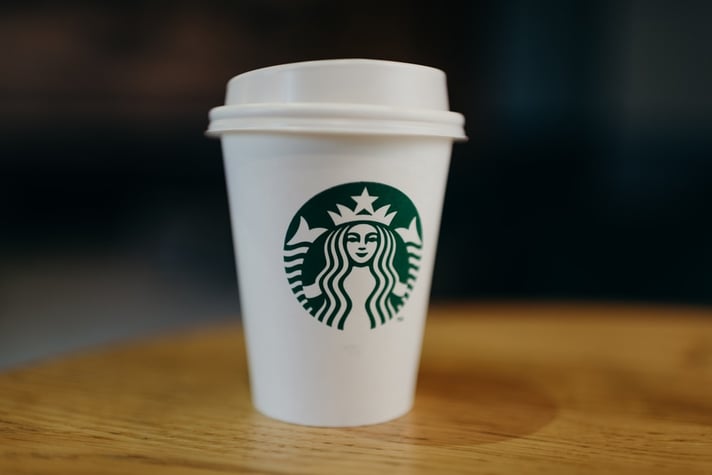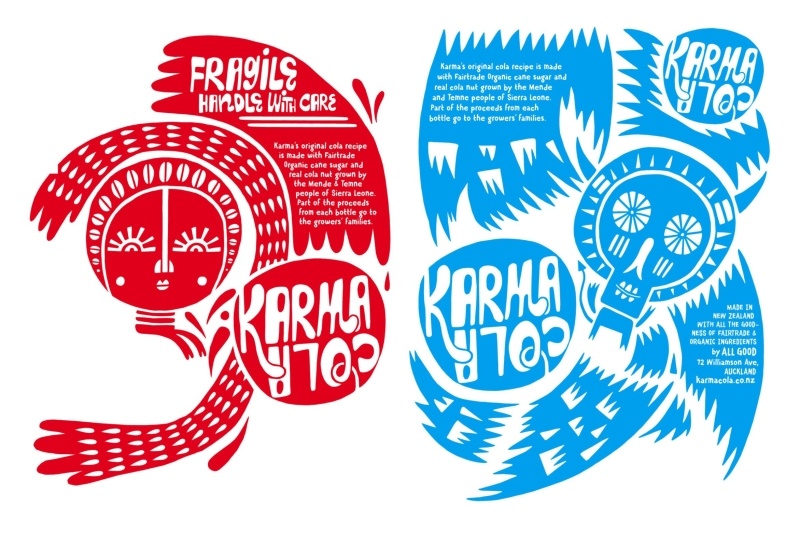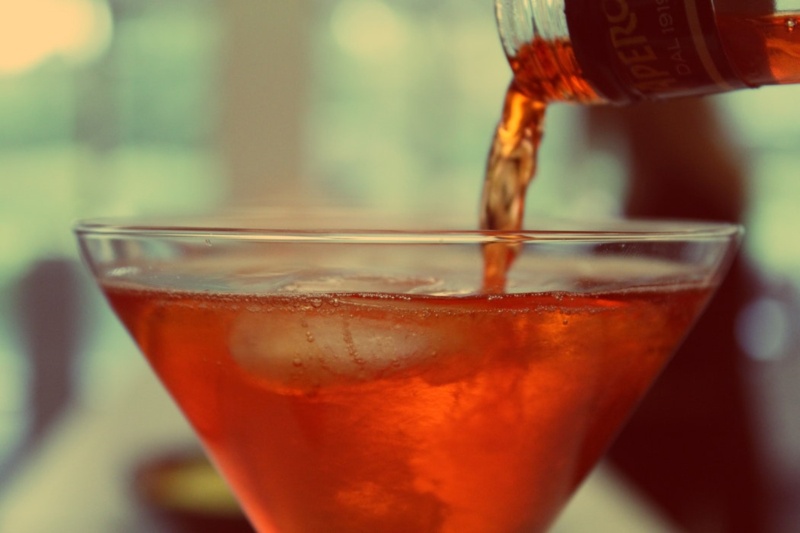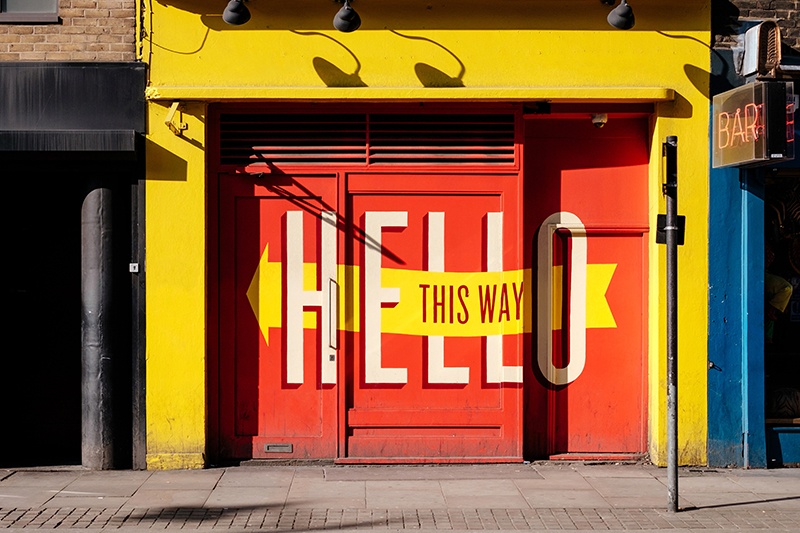This Read section of Speak for Yourself #7 offers three different authentic texts on the theme of drinking - an article about the coffee giant, Starbucks, who have made a big decision to enter perhaps the most difficult coffee market in the world - Italy. There is then an article about Karma Cola, an interesting company who produce a drink competing with one of the world's most famous brands but their story is different. Karma Cola are interested in both selling their product but doing it with a real sense of responsibility for consumers and the communities in which they operate. Finally, we present a short article about a classic Italian drink which has recently seen an increase in its popularity, especially in foreign markets, Aperol. Cheers!
1. "Starbucks Opens First Coffee Shop In Italy" (308 words)
“We have taken our time to ensure our entry into Italy is done thoughtfully and respectfully” - Kevin Johnson, Chief Executive Officer, Starbucks.

One of the biggest coffee stories this year was the opening of a new Starbucks in Milan. But this wasn’t a regular coffee shop, this was one of Starbuck’s new outlets called a Reserve Roastery which can only be found in Seattle, Shanghai and now Milan.
The Reserve Roastery is an elegant shop which offers its customers more than a place to drink coffee. You can see the beans roasting in action, enjoy an affogato, and thanks to Augmented Reality (AR) technology, you can go a surprising journey following the life of a coffee bean.
So, how does this interactive experience fit in with the coffee culture of Milan? This article explores the reasons for the new coffee shop and the reactions to the news of it opening.
STRATEGY
The opening of the Reserve Roastery in Milan split opinion - some people welcomed the news whilst others were critical. To understand the article, answer these questions:
1. Who is Howard Schultz?
2 What benefits will the Reserve Roastery bring to Italy?
3. What is the difference between a Reserve Roastery and a regular Starbucks coffee shop?
4. How did Italians feel about the news?
5. How does the author feel?
Now Look at the Language In Context section for a detailed analysis of the grammar in this article.
2. "Fizzably different: the ethical cola brand making a difference to Sierra Leone" (606 words)
“We want to consider very carefully the impact of anything we do on their society and culture” - Simon Coley, co-founder of Karma Cola.

Karma Cola is a cola company with a difference – their product is cola, but what they really sell is a story. A story of the communities which have provided the ingredients for cola for decades, and how those communities can finally benefit from one of the world’s most popular drinks.
Karma Cola is a company to watch, for two reasons. Firstly, for its ethical approach to business. Karma Cola shows how to be a profitable commercial company and at the same time offer long-term support and benefits for people at every step of the supply chain.
Karma Cola’s marketing approach is also noteworthy for its exciting graphic design and storytelling. Each product has a different character which have become so popular they have inspired street art and even tattoos across the company’s home country New Zealand.
STRATEGY
Step 1:
The article is divided into five interview questions, answered by the Simon Coley who is the co-founder of Karma Cola. Read each question and answer and then check you understand what Coley says by asking yourself these questions:
1. What don’t most people realise about cola?
2. Why did Coley establish Karma Cola?
3. What are the two projects Karma Cola has funded in Sierra Leone?
4. Who is the character on the Karma Cola packaging?
5. Why are Karma Cola so proud of their product?
Step 2:
In talking about Karma Cola’s marketing campaign, the interview includes a lot of figurative language like idioms and phrasal verbs.
"Read the interview again, and try to understand the phrases in bold"
"One brand is going back to the drink’s roots"
"Karma Cola co-founder Simon Coley explains why fizzy drinks don’t have to leave a bad taste in your mouth"
"It makes it possible for us to live up to our name"
"We’d like to roll out similar projects with some of our other suppliers around the world, but we want to really get this right first"
"The character on our colas is a riff on Mami Wata, a river spirit who protects the people in Boma"
"We don’t take ourselves too seriously"
"But accentuating the positive is more our style"
For more information on Karma Cola, visit the website where you can watch a short film about the product
3. There’s a Reason You’re Drink So Much Aperol Spritz (1000 words)
"It’s orange-y and bubbly at the same time" - Melanie Batchelor, Vice President of Marketing, Campari America

Next year is the 100th birthday of Aperol, the bright orange liqueur first produced in 1919 in Padova by the Barbieri brothers. Originally marketed as a low-alcohol option for women and sporty people, Aperol is today most commonly enjoyed as an Aperol Spritz.
For Italians, this is probably not new information, but internationally Aperol Spritz has only become popular in recent years. This year, the drink was named the drink of the summer in the USA.
In this article, Tariro Mzezewa explores the past and present trends of Aperol and explains how the Campari group made the Spritz a success on Instagram and for bars across the USA.
STRATEGY
Step 1:
The Article describes how the Campari group marketed Aperol Spritz and different strategies taken by bars and restaurants across the USA to promote the drink.
Check you have understood the article by answering these questions:
1. What marketing strategies did Campari take in New York, the Hamptons and in California?
2. What Campari merch (merchandise) could you find on social media?
3. What do the owners of restaurants Caffe Dante, La Sirena and Barawine say about how they serve Aperol Spritz?
4. What does the article say about the trend in amaro liqueurs?
5. What does the article say about the future of Aperol Spritz?
Step 2:
The article uses a lot of language related to marketing and trends. Read the article again, and try to understand the vocabulary and phrases in bold:
"We saw there was a growing interest in Aperol"
"The marketing plan was a savvy one"
"Aperol sales rose 48 percent since last summer"
"We’re seeing strong growth with Aperol across the country"
"The spike in Aperol consumption is in line with a rising demand in the United States for herbal bitter liqueurs"
"The Aperol spritz is here to stay…It plays into trends..."










